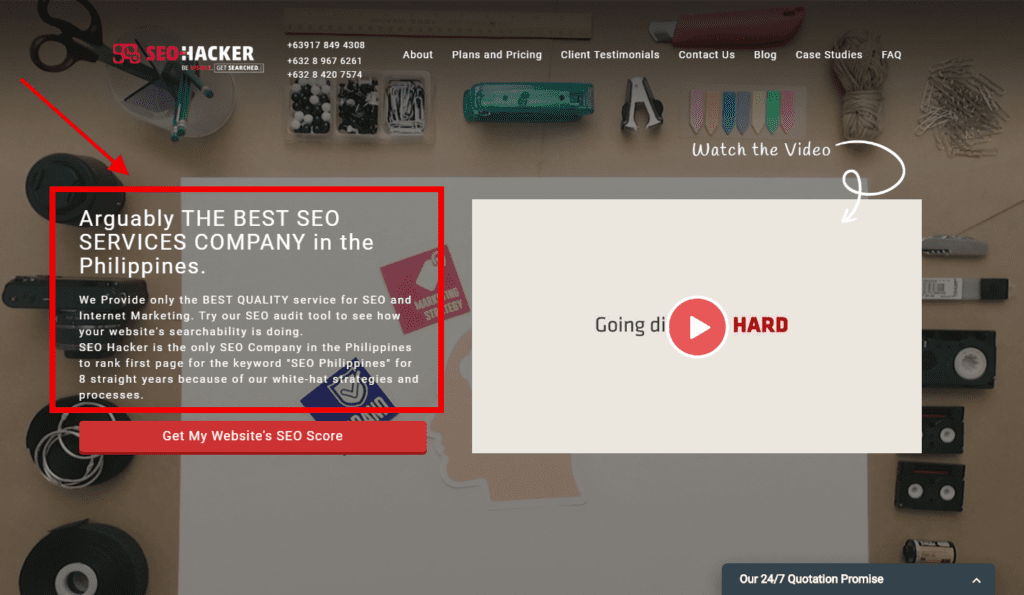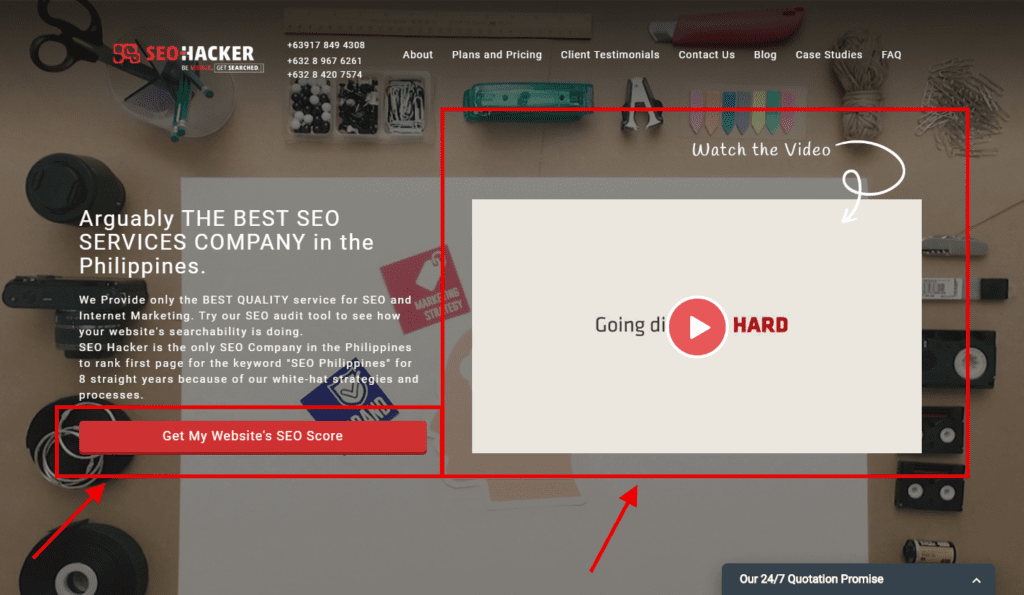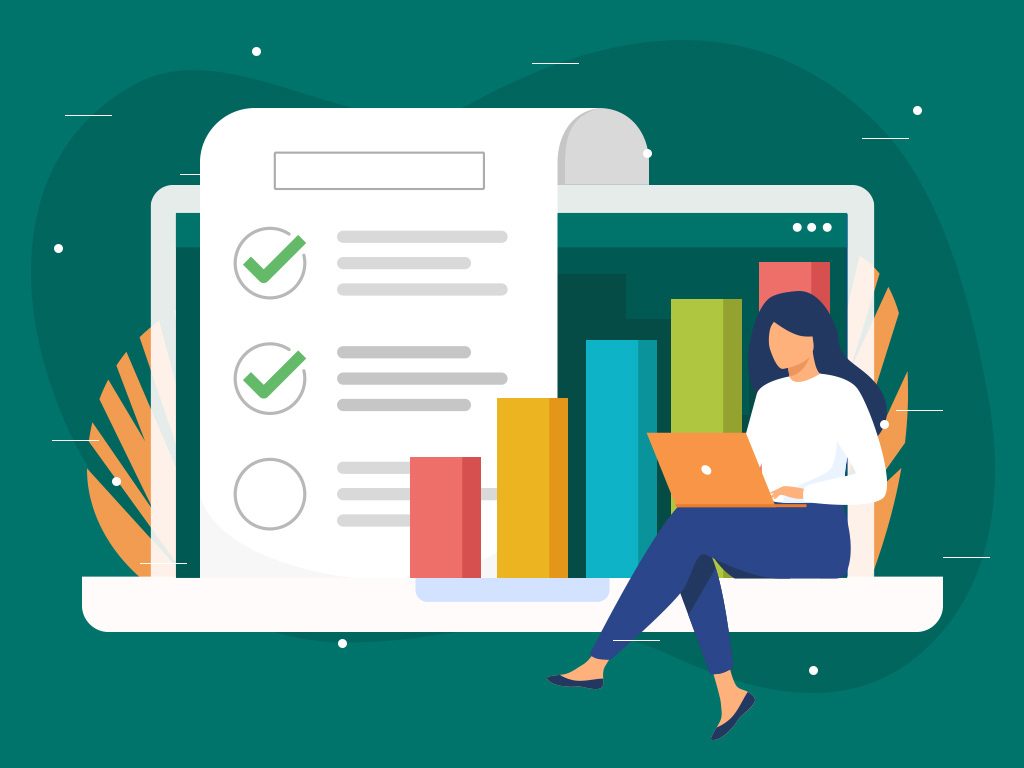The Complete Website Traffic Conversion Optimization Checklist
Having 1st-page rankings for numerous, decent keywords isn’t the end of the line for us SEOs. Attracting the users that see your search listings (improving CTR), providing easy navigation for them to find more valuable, relevant resources inside your website, and cultivating their loyalty to your brand and website. All of these are still challenges that SEOs need to face. But the biggest challenge of them all is converting your hard-earned traffic to paying customers. So, what exactly do you need to ensure a steady flow of conversions?
Problems with Converting Traffic
It’s well known in the industry that even if you have thousands of visitors every day, there’s still a possibility of you having low conversion rates. Why? Well, there hundreds of reasons why your visitors are not converting to paying customers but the factors included here are the primary and foundational ones that should be a part of your conversion checklist:
Content
Your content should speak directly to the user. Your tone of voice, message, and intent should be communicated clearly in your content. It slightly differs when you’re a B2B or B2C because based on my experience, content for B2C business websites is about telling them that you have the solution to their problems. While for B2B business websites, you still have to convince them that you have the solution, but they also need to feel that your expertise can help them improve or grow their business.
You have to know who your users are and the important details about them. Are they male or female? What age bracket are they in? Etc. Questions like these can help you refine and perfect your page content to help with improving converting your traffic. Here’s an example:

The content of our services site can be seen at once when the user enters the page and it immediately tells them of our credentials. The sub-copy below is more for convincing them that we are who we say we are and we have the capability to solve their problem.
If we were a B2C company, then the content might have changed to stating the user’s problem then us telling them how we can help so it could have gone like “Is your website gaining enough traffic? Check out your website’s SEO score below and let us help you!”.
Tell your users that you know the problem they have and you have the solution they’re looking for. Communicate clearly how they can find the solution (by clicking a button or contacting you) because they may not know what to do next if you don’t tell them.
Buttons, Videos, Sign Up and Contact Forms
Your content should work hand-in-hand with CTA factors inside your page. Adding a simple “Click Here” button then using the content to explain where the button will lead can work wonders.
By reassuring the user what happens when they click the button, you remove the fear of uncertainty within them. If you need to get personal information from them, use the content to tell them. Communicate how the button will lead them to find the solution they’re looking for, content and CTAs should complement each other. Here’s the same example:

The content inside our page directly explains how the button below saying “Get My Website’s SEO Score” works, so there’s no mystery on what happens when they click on the CTA. Conversely, the video beside the content does not have anything saying what’s contained inside it, but it does have a piece of content telling the user to “Watch the Video”. Does this work? It does. Even though we don’t need the user to watch the video, natural curiosity and a simple command that tells them to watch the video makes them press the play button.
Page Speed
All the work you’ve put in for your page’s content and CTA won’t matter if your users bounce even before they see the page. Slow loading speed affects SEO and it also affects traffic conversion.
Work with your developer to see how your page’s speed can be improved. If it’s already loading fast, that’s great, but still, check to see if it can be loaded even faster. Is there anything on the page that isn’t being used or is not needed? You can remove those as well.
Aside from giving your users a better experience inside your website which is important for SEO, having a fast page load speed also helps with conversions. This is especially true for the users that are already willing to convert – you only need to give them what they want in the shortest amount of time.
Key Takeaway
The three factors I’ve mentioned above are the most important and foundational aspects of having your traffic convert to paying customers. There are other factors as well, but none as important as the three I’ve highlighted. Again, those three are:
- Content
- CTAs
- Page Speed
If you’re confident that you’ve sufficiently optimized your page for these three, then its time for you to innovate and experiment on other factors you believe can affect the user’s decision to convert. Conversion Rate Optimization is closely related to SEO in terms of having to understand the user, their behavior, and serving them exactly what they want/need to see to hit your goal. What do you do to increase your website’s conversions? Comment them down below and let’s talk about it!
